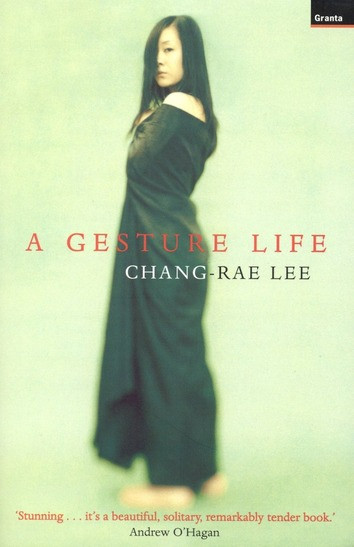
A Gesture Life
By Chang-Rae Lee
1999, Riverhead Books
Chang-Rae Lee’s A Gesture Life centers on Franklin Hata, a reserved Japanese-American man whose carefully maintained life in suburban New York masks a deeply troubled past. The heart of the novel lies in Hata’s memories of serving as a medic in the Japanese Imperial Army during World War II, where he was involved in the military’s exploitation of Korean “comfort women” — young women forced into sexual slavery. One woman in particular, Kkutaeh, stands out in Hata’s recollection. Their relationship is fraught with moral ambiguity: while he offers her small gestures of kindness, he ultimately fails to protect her from the brutal system in which they are both complicit. Her suffering and fate haunt him, becoming a symbol of his lifelong tendency to avoid meaningful action in favor of appearance and restraint.
This unresolved guilt bleeds into Hata’s present life, especially in his strained, ultimately broken relationship with his adopted daughter, Sunny. His inability to confront the trauma of his past or to connect authentically with others illustrates the central tragedy of the novel: a man who has built his identity around decorum and detachment, only to realize too late the cost of his passivity. Through the story of Kkutaeh and the legacy of the comfort women, Lee forces a confrontation with historical atrocity and personal failure, exposing how silence and complicity can shape — and unravel — a life.
About the Author:
Chang-rae Lee is a Korean American novelist known for his elegant prose and exploration of themes of identity, exile, and assimilation within immigrant experiences. Lee studied English at Yale University and earned an MFA in writing from the University of Oregon, where his debut novel, Native Speaker, became his thesis. He gained critical acclaim for that debut and continued to explore nuanced questions of identity in his second novel, A Gesture Life. Lee’s work often grapples with cultural memory, alienation, and the psychological costs of assimilation. In addition to his writing, he has taught creative writing at Princeton and currently serves as a professor at Stanford University.
